OPEN FROM 9AM TO 5PM – CLOSED ON WEEKENDS
2025 Top 5 Conveyor Systems Innovations Transforming Industry Efficiency
The evolution of conveyor systems has been pivotal in enhancing operational efficiency across various industries. In recent years, technological advancements coupled with the integration of digital solutions have propelled these systems into a new era. According to a report by MarketsandMarkets, the conveyor systems market is projected to reach USD 9.4 billion by 2026, growing at a CAGR of 4.9% from 2021. This growth underscores the critical role conveyor systems play in streamlining processes, reducing labor costs, and improving overall productivity.
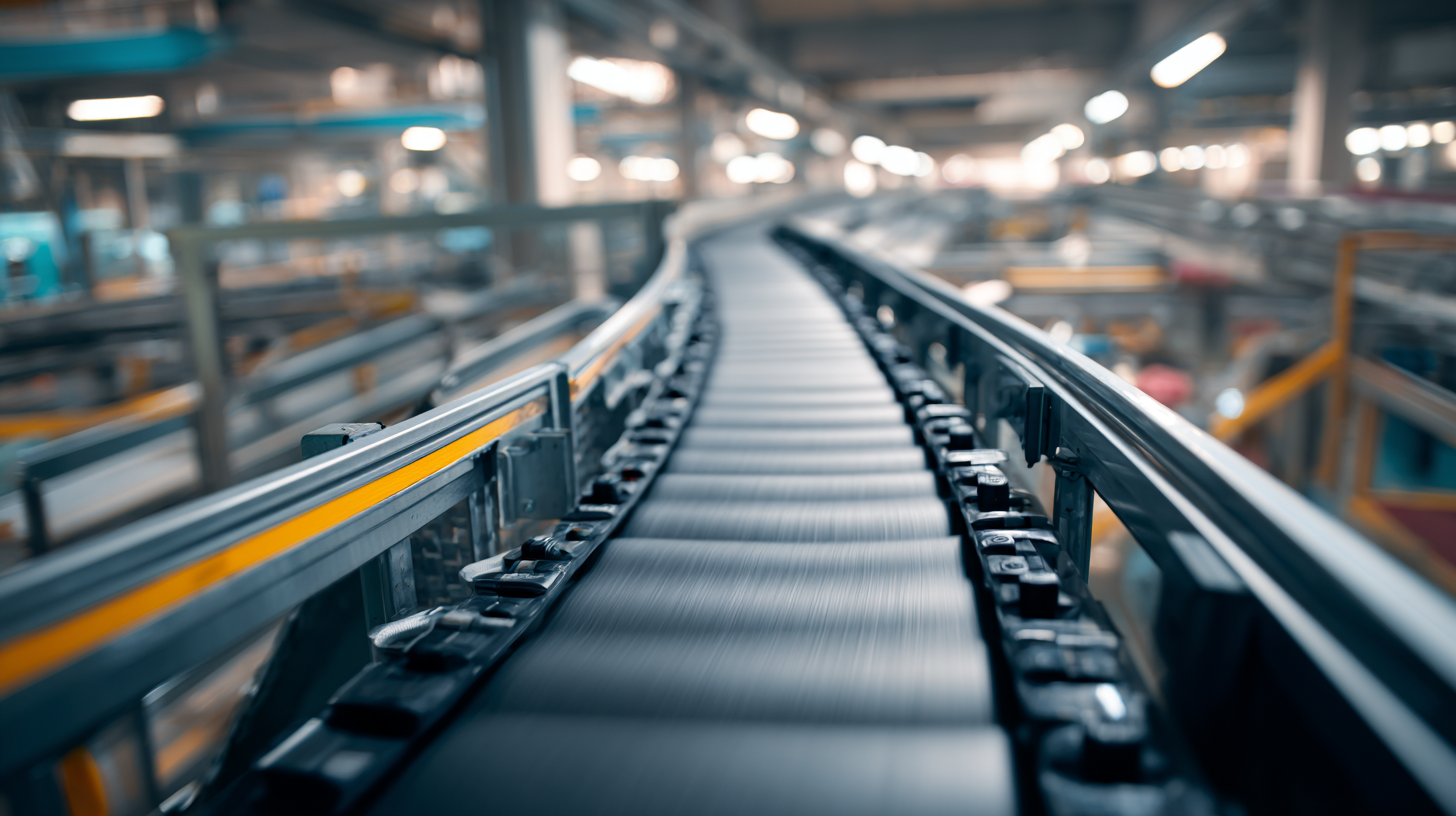
Industry experts recognize the profound impact of innovations within conveyor systems. Dr. Sarah Mitchell, a leading authority in automation technologies, notes, "The future of conveyor systems lies in their ability to integrate seamlessly with digital technologies, transforming not just the speed of logistics but also their accuracy and reliability." As we look forward to 2025, it is clear that innovations such as smart sensors, AI integration, and advanced robotics are set to redefine how industries operate. In this article, we will explore the top five conveyor systems innovations that are not only enhancing efficiency but also creating value in unprecedented ways.
Next-Generation Automated Conveyor Belts Redefining Speed and Precision
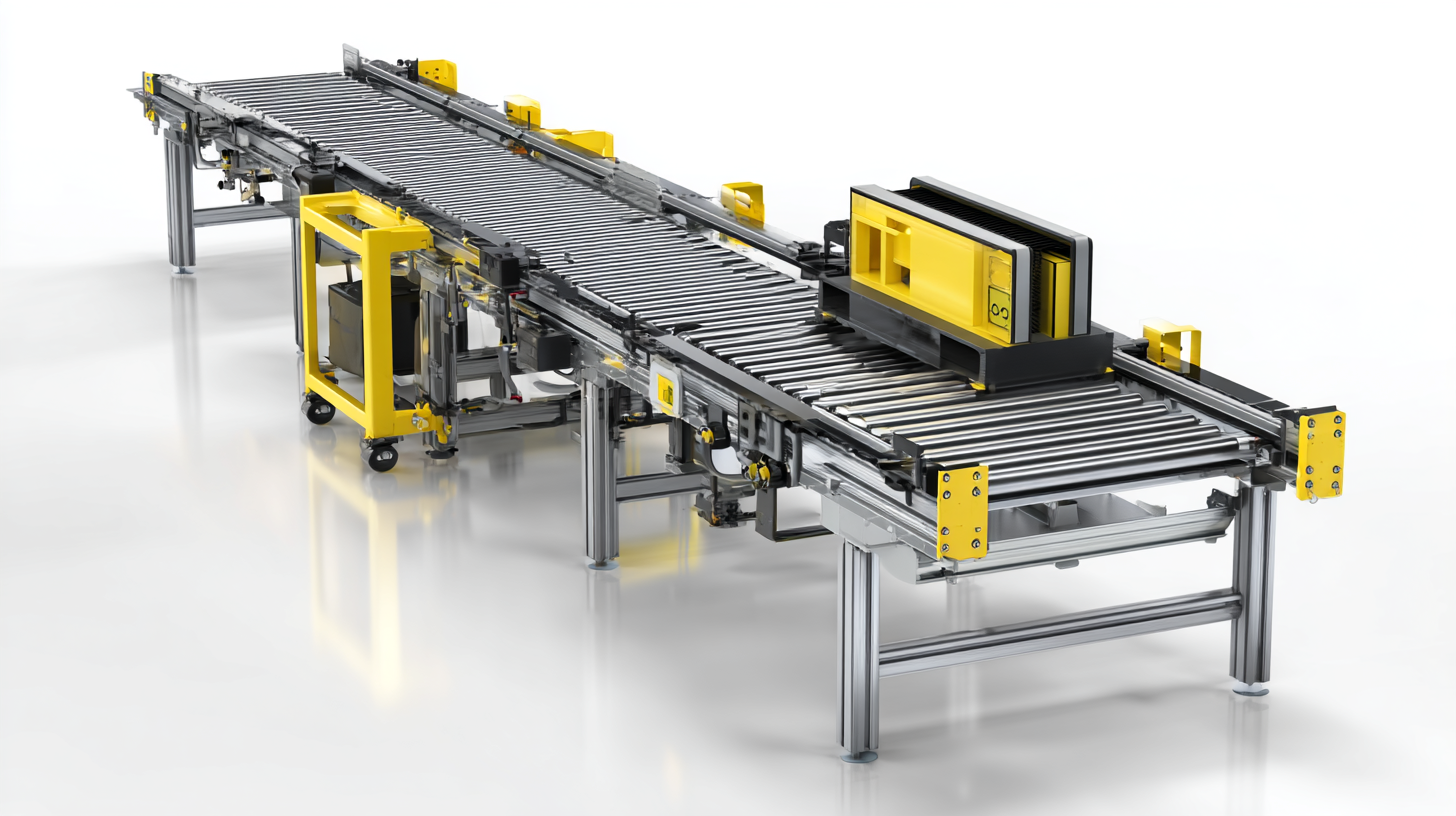 Next-generation automated conveyor belts are revolutionizing industries by enhancing speed and precision in material handling. These innovative systems integrate advanced technologies such as artificial intelligence, machine learning, and IoT connectivity. By doing so, they enable real-time monitoring and adaptive control of conveyor operations, significantly reducing delays caused by mechanical failures or operational inefficiencies. This transformation allows businesses to streamline workflows, optimize inventory management, and respond more swiftly to market demands.
Next-generation automated conveyor belts are revolutionizing industries by enhancing speed and precision in material handling. These innovative systems integrate advanced technologies such as artificial intelligence, machine learning, and IoT connectivity. By doing so, they enable real-time monitoring and adaptive control of conveyor operations, significantly reducing delays caused by mechanical failures or operational inefficiencies. This transformation allows businesses to streamline workflows, optimize inventory management, and respond more swiftly to market demands.
Moreover, the implementation of smart sensors and data analytics within these conveyor systems offers unprecedented levels of customization. Industries can tailor the conveyor specifications to suit their unique operational needs, facilitating smoother transitions between different production stages. As speed increases, so does accuracy; products are delivered with minimal risk of damage or loss, ensuring consistency in quality and reliability. Consequently, businesses experience enhanced productivity and a noticeable reduction in operational costs, underscoring the crucial role of automated conveyor belts in the future of industrial efficiency.
Intelligent Conveyor Systems: Integrating AI for Predictive Maintenance
As industries strive for heightened efficiency, the integration of intelligent conveyor systems powered by artificial intelligence (AI) is transforming operational dynamics. Predictive maintenance, a critical aspect of this technological evolution, utilizes AI algorithms to analyze real-time data from conveyor systems. According to a report by Grand View Research, the predictive maintenance market is anticipated to reach $19.5 billion by 2025, indicating a substantial shift toward data-driven decision-making in industrial processes.
By implementing AI in conveyor systems, companies can significantly reduce downtime and maintenance costs. A study by McKinsey suggests that predictive maintenance can reduce maintenance costs by 25% to 30% and decrease downtime by 50%. This form of proactive approach not only enhances equipment longevity but also optimizes workflow efficiency, allowing businesses to respond swiftly to operational challenges. As intelligent systems continue to evolve, the potential for innovation within conveyor technologies appears limitless, heralding a new era for manufacturing and logistics sectors.
2025 Conveyor Systems Innovations - Industry Efficiency Analysis
Eco-Friendly Conveyor Solutions: Sustainable Materials and Energy Efficiency
The push for sustainability in manufacturing and logistics is driving innovations in conveyor systems, focusing on eco-friendly solutions. Modern conveyor systems are now being constructed using sustainable materials such as recycled plastics, aluminum, and biodegradable composites. These materials not only reduce the ecological footprint of production but also support a circular economy, where materials can be reused and repurposed rather than ending up in landfills. The shift towards eco-friendly components is a crucial step in enhancing industry efficiency while minimizing environmental impact.
Energy efficiency is another pivotal aspect of these innovations. Advanced technologies are being integrated into conveyor systems, such as variable frequency drives (VFDs) and energy-efficient motors, which optimize performance and reduce energy consumption. These enhancements not only lower operational costs but also decrease greenhouse gas emissions, aligning with global sustainability goals. Companies are progressively seeking solutions that not only meet their productivity requirements but also demonstrate a commitment to environmental stewardship, signifying a transformative change in industrial practices.
Modular Conveyor Designs: Customization for Diverse Industrial Needs
In recent years, the demand for modular conveyor systems has surged, driven by the need for customization across various industrial applications. According to a report by MarketsandMarkets, the conveyor system market is projected to reach $7.5 billion by 2026, growing at a CAGR of 4.3% from 2021. This growth is largely attributed to the increasing need for efficient material handling solutions that can adapt to the ever-changing requirements of modern manufacturing and logistics.
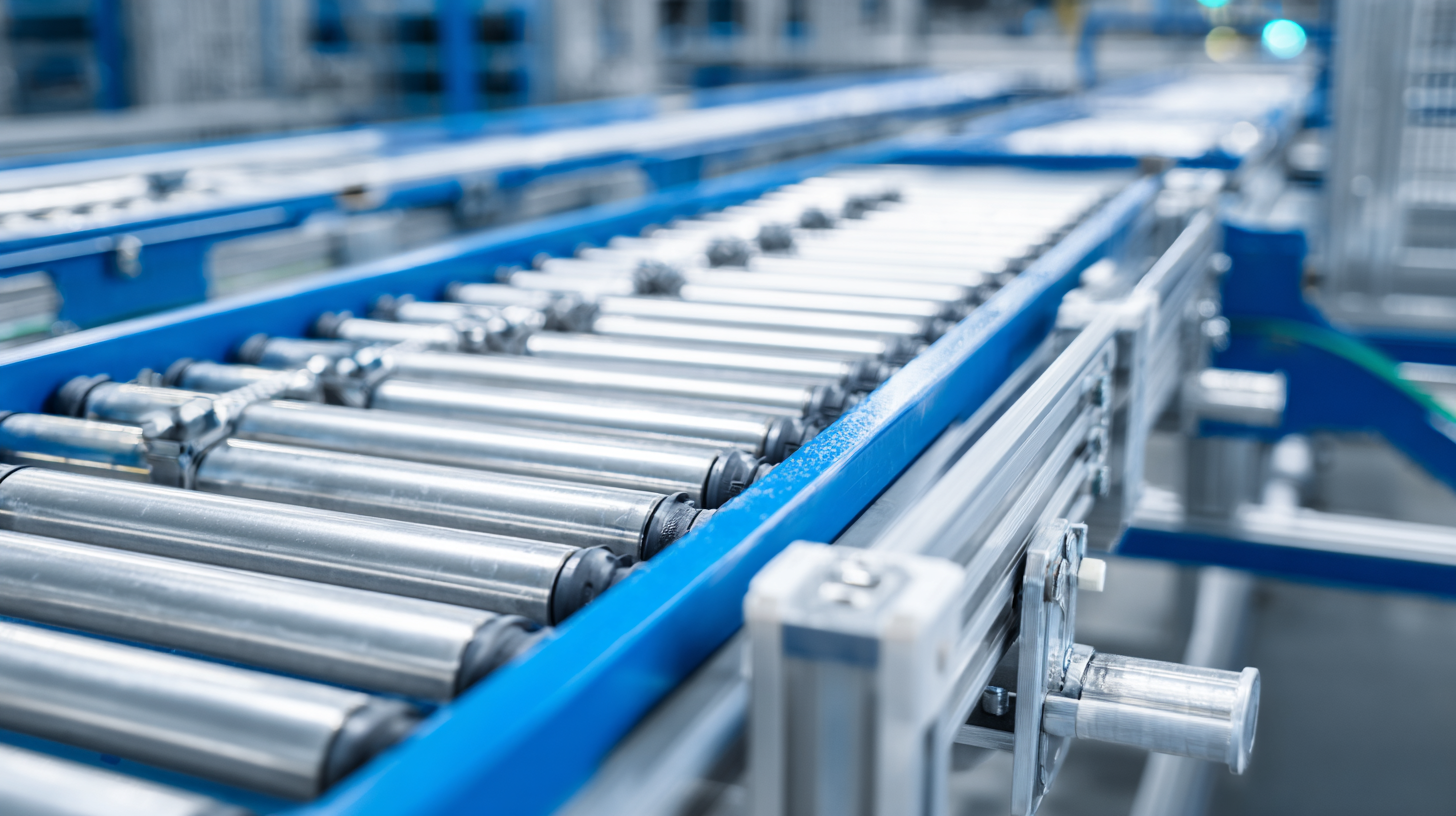
Modular conveyor designs offer exceptional flexibility, allowing manufacturers to modify their systems to accommodate diverse product sizes and handling methods. This adaptability not only enhances operational efficiency but also minimizes downtime during production changes. A study by the Conveyor Equipment Manufacturers Association (CEMA) found that companies utilizing modular conveyor systems report up to 30% improvement in throughput and a significant decrease in labor costs due to streamlined processes. As industries continue to evolve, investing in these customizable solutions is becoming essential for maintaining competitiveness in an increasingly dynamic marketplace.
Smart Sensors and IoT: Enhancing Conveyor Monitoring and Control
The integration of smart sensors and Internet of Things (IoT) technologies is revolutionizing conveyor systems, significantly enhancing the efficiency and productivity of industries. By embedding smart sensors into conveyor belts, operators can obtain real-time data on various parameters, such as speed, temperature, and load. This valuable information not only enables precise monitoring of the conveyor’s operational status but also allows for predictive maintenance, thereby reducing unexpected downtimes and costly repairs.
Moreover, the connectivity provided by IoT enhances the control mechanisms of conveyor systems. With remote access to performance metrics and system alerts via cloud platforms, operators can make informed decisions to optimize workflow and resource allocation. This level of automation not only streamlines processes but also minimizes human error, leading to a more reliable and efficient manufacturing environment. The convergence of smart sensors and IoT is indeed a game-changer, paving the way for more intelligent and responsive conveyor systems that are crucial for modern industry.
Related Posts
-

Discover the Benefits of Inflatable Paint Booths for Your Next DIY Project!
-
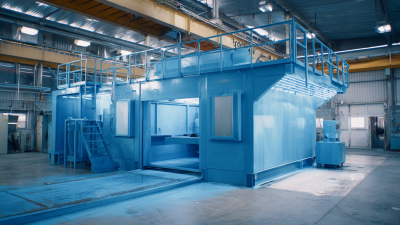
Exploring the Future of Surface Finishing with Innovative Powder Coating Equipment for Sale
-
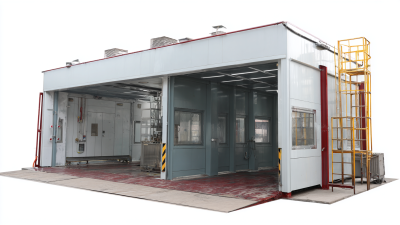
Discover the Benefits of Buying a Used Paint Booth for Your Business Necessities
-

Understanding the Benefits of Powder Coating Equipment for Your Business Growth
-

Transform Your Painting Process: The Ultimate Guide to Choosing an Ideal Paint Booth for Maximum Efficiency
-

The Ultimate Guide to Choosing the Perfect Small Paint Booth for Your Projects

